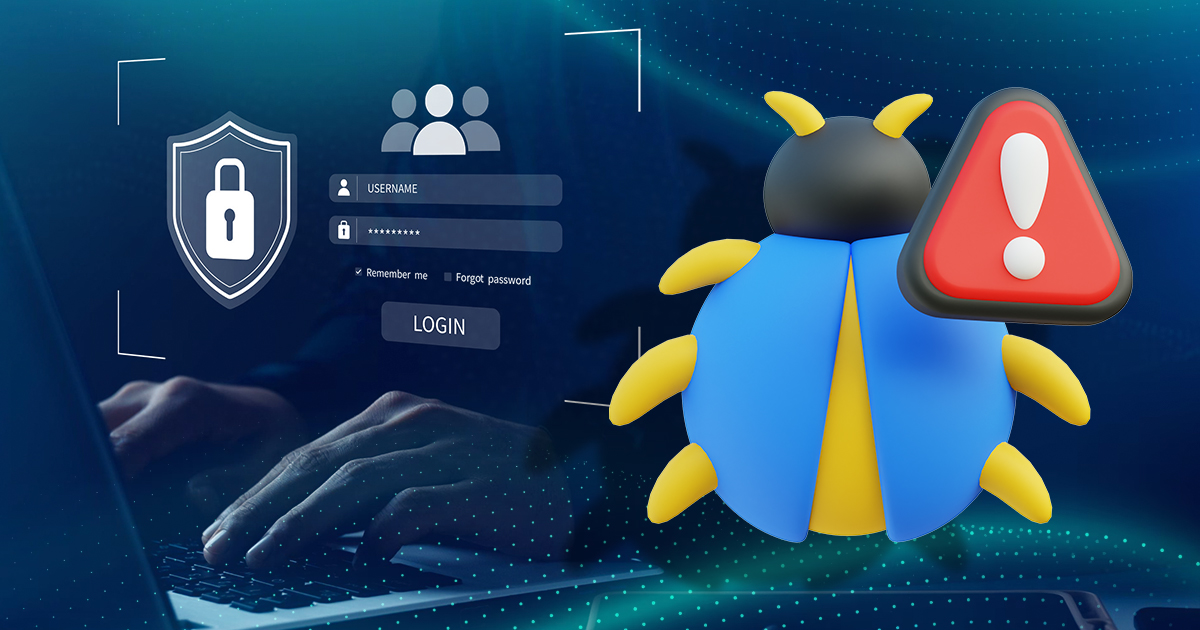If you’ve ever used OneStart, you might’ve noticed how fast and reliable the browser feels. No crashes, no weird display bugs, and no surprise security pop-ups. That’s because OneStart integrates Chromium, the same open-source engine behind Google Chrome, Microsoft Edge, and Brave. But there’s more to it than just bundling a browser engine.
OneStart actively keeps Chromium up to date, and doing this is no small feat. Chromium changes fast, with major updates every four weeks and security patches in between. OneStart has developed a careful process to ensure its users always enjoy the best and safest web experience, without needing to lift a finger.
How OneStart Updates Chromium
OneStart follows a structured, repeatable process to ensure its built-in Chromium browser stays current with upstream releases. Here’s how it works:
- Engineers use depot_tools and gclient to fetch the latest Chromium source
- Custom patches from OneStart are rebased on top using git rebase update
- The modified browser is built, tested, and integrated into OneStart’s codebase
- Final builds go through QA before silent deployment to users
Each cycle aligns with Chromium’s own release schedule, ensuring OneStart users always run a secure, compatible version without needing to manage it themselves.
Why OneStart Uses Chromium
Modern users expect software to be responsive, flexible, and secure. Chromium lets OneStart support the latest web standards, load complex web apps inside the platform, and maintain compatibility across services, no external browser required. Staying current also allows OneStart to respond quickly to emerging threats, adopt new web APIs, and leverage performance improvements that benefit both end users and enterprise IT teams.
Understanding Chromium’s Release Cycle
Chromium follows a fast-paced release schedule. As of 2025, the Chromium team ships a major update every four weeks, with minor releases (usually security patches) happening in between. Each update typically includes:
- Better rendering and performance
- Updated or experimental web APIs
- Bug fixes and vulnerability patches
- Deprecations and web standards alignment
This rapid pace is great for innovation, but it also means any software embedding Chromium must move quickly to keep up.
The Tools Powering OneStart’s Update Process
To manage Chromium updates efficiently, OneStart uses a combination of tools originally developed by Google:
1. depot_tools
This is a collection of scripts and utilities provided by the Chromium team. It helps developers manage the large Chromium codebase.
How OneStart uses it
- Engineers clone the depot_tools repository and add it to PATH so they can run all Chromium-related commands.
- This setup is the foundation for syncing, custom branch handling, code review, and automated tooling.
You can follow the depot_tools install tutorial here.
2. gclient
Once depot_tools is set up, gclient becomes the command-line manager that handles dependencies. Think of it as a smart fetch tool that grabs not just Chromium itself but everything else needed to build it.
How OneStart uses it
- Developers run gclient sync to fetch the entire Chromium codebase and all required modules after a new release or patch is available.
- This ensures OneStart always builds from a complete, up-to-date source tree.
The gclient workflow and usage are included in the depot_tools tutorial, referenced here.
3. git rebase‑update
OneStart has some internal customizations on top of Chromium. For example, custom UI or logging hooks.
How OneStart uses it
- When syncing to a new Chromium release, engineers first run git rebase‑update, which aligns OneStart’s custom patches with upstream changes.
- This process ensures OneStart internal logic, like UI hooks or telemetry code, works perfectly with newer Chromium versions.
Described under the update workflow sections in Chromium’s build guidance, such as Android/Linux build instructions.
4. Build and QA
Once the Chromium code is synced and rebased, OneStart compiles a custom build tailored to its platform. It then undergoes internal QA testing focused on:
- Rendering accuracy
- Web compatibility
- Integration with OneStart’s features
- Performance across supported systems
When approved, the updated build gets bundled into the next OneStart release.
What the Update Pipeline Looks Like
- Install and configure depot_tools
- Run gclient sync to fetch Chromium source and dependencies
- Execute git rebase update to apply OneStart’s custom patches on top of the latest Chromium
- Build, test, and validate the new Chromium version in QA
- Package and deploy the updated engine via OneStart’s automatic update system, which is transparent to the user
Update Timing and Delivery
OneStart reviews and syncs Chromium code frequently, typically aligning with Chromium’s 4-week cycle. Users receive embedded browser updates:
- Monthly with regular OneStart releases
- Faster when emergency patches like zero-day fixes appear
All updates are silent, delivered through OneStart’s auto-update system, so users don’t have to install anything manually.
Why This Process Matters
Staying current with Chromium benefits OneStart users in several key ways:
- Security: Regular updates patch critical vulnerabilities.
- Transparency: Builds based on the latest Chromium support modern APIs, allowing reliable telemetry.
- Compatibility: Outdated engines often break modern websites. Staying up to date keeps the platform stable.
More than a version bump, OneStart’s Chromium updates ensure a trustworthy and forward-compatible environment for users who rely on in-platform web workflows.
Why Update Discipline Shapes User Confidence
Keeping Chromium updated is about earning user trust at every level of the browsing experience. OneStart users expect performance, privacy, and peace of mind. Meeting these expectations requires more than syncing upstream changes; it demands process maturity, toolchain discipline, and treating browser maintenance as an ongoing responsibility.
This approach enables stronger telemetry, clearer visibility into regressions, and faster response times when issues arise. In a world where browsers serve as both productivity hubs and threat vectors, a clean, stable Chromium base becomes a competitive advantage, not just a technical checkbox. OneStart’s update process proves that under the hood, consistency itself is a key feature.



